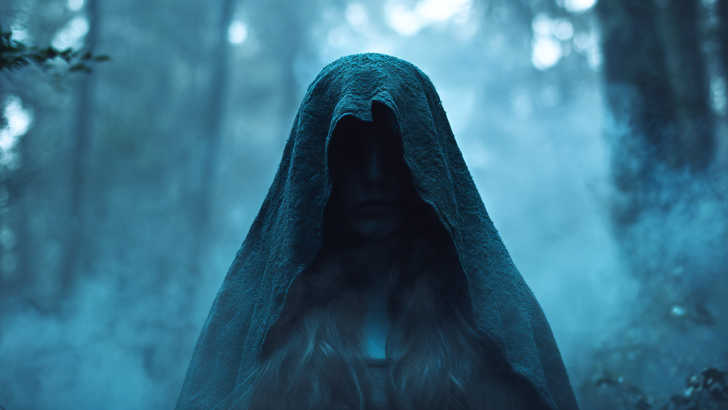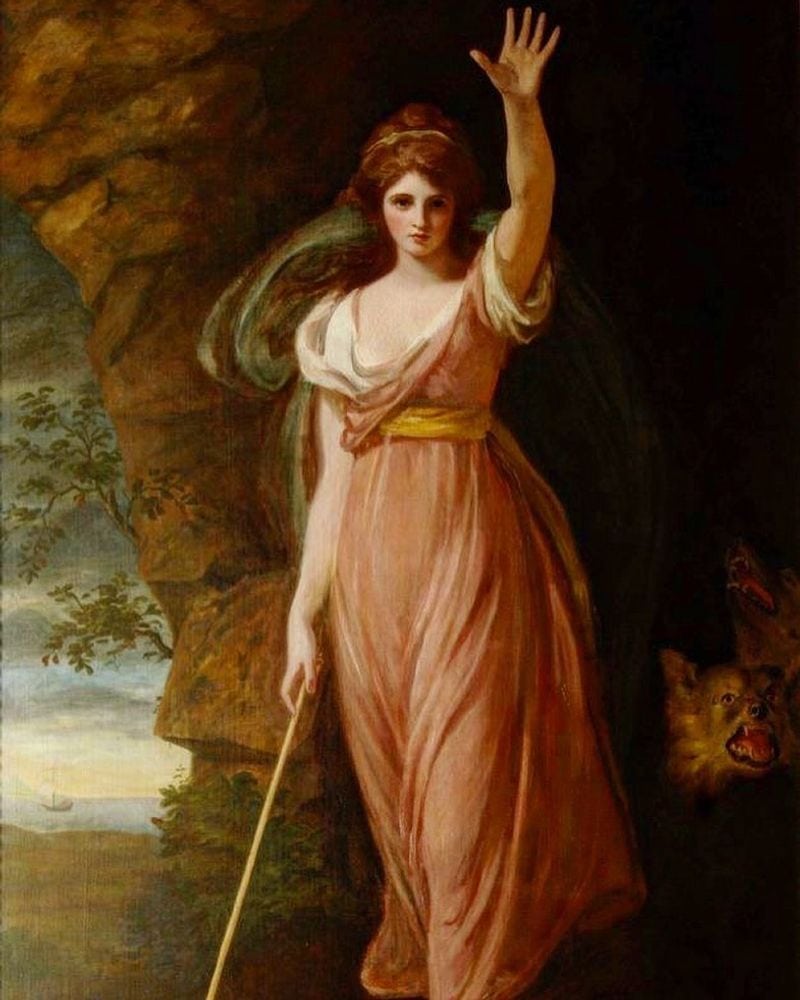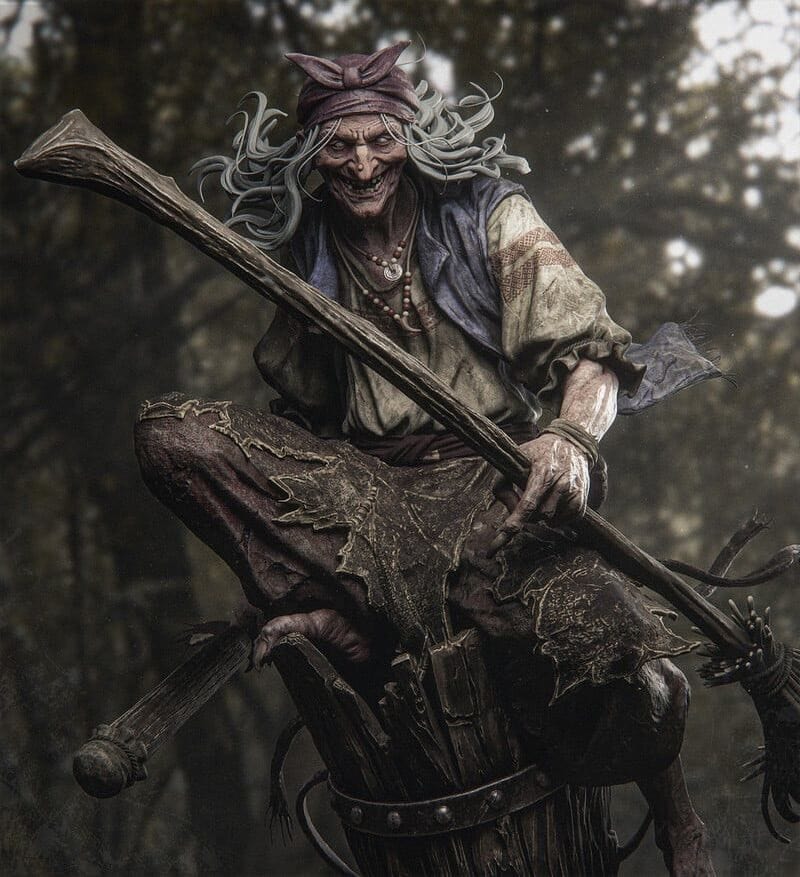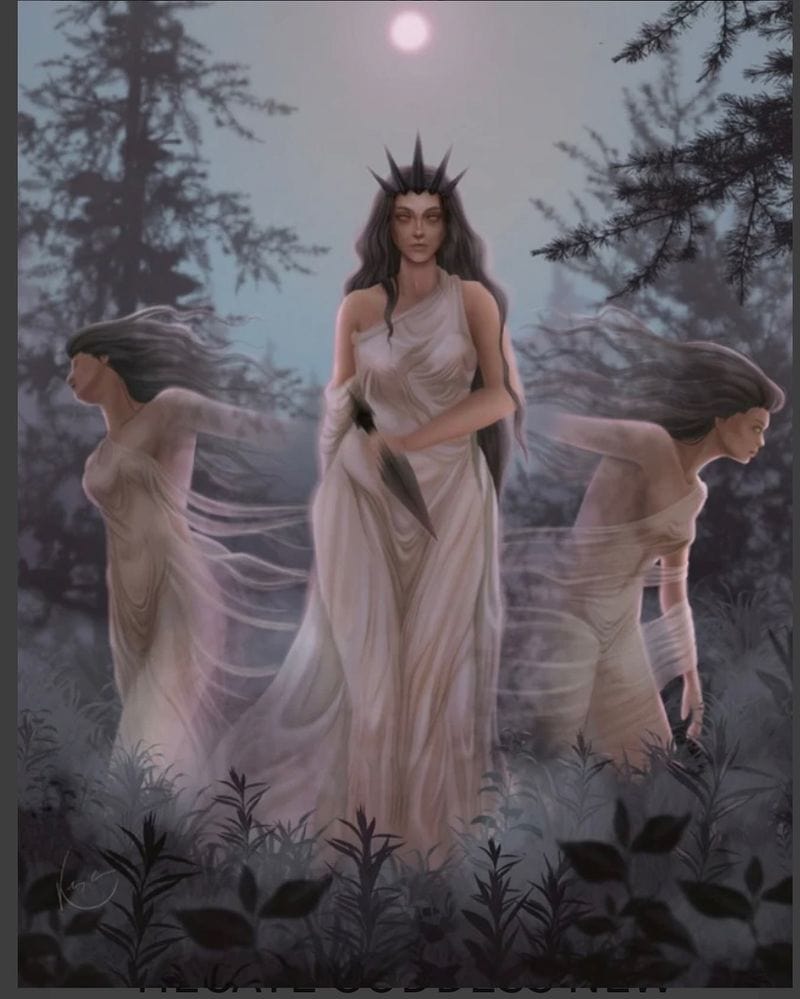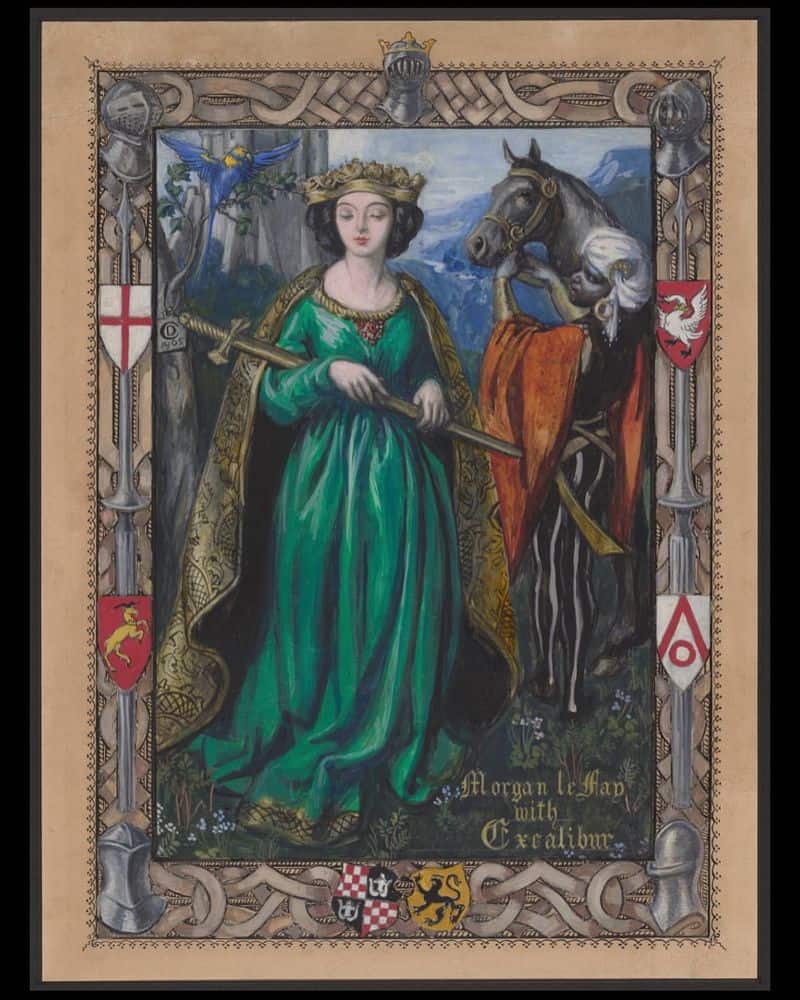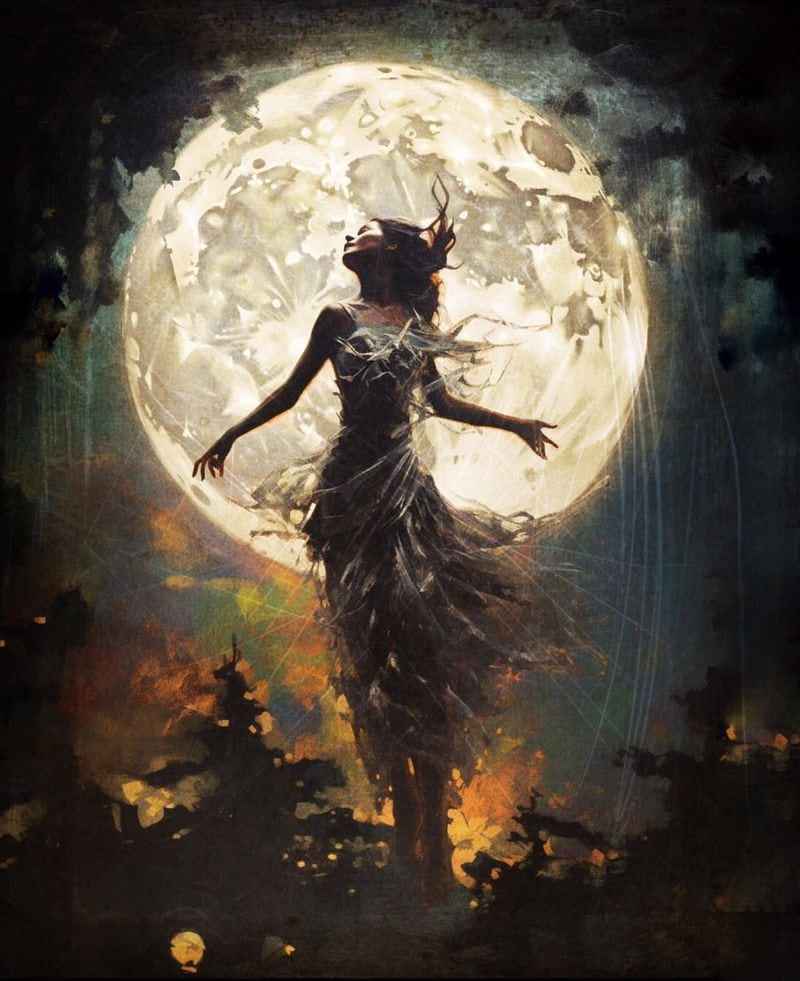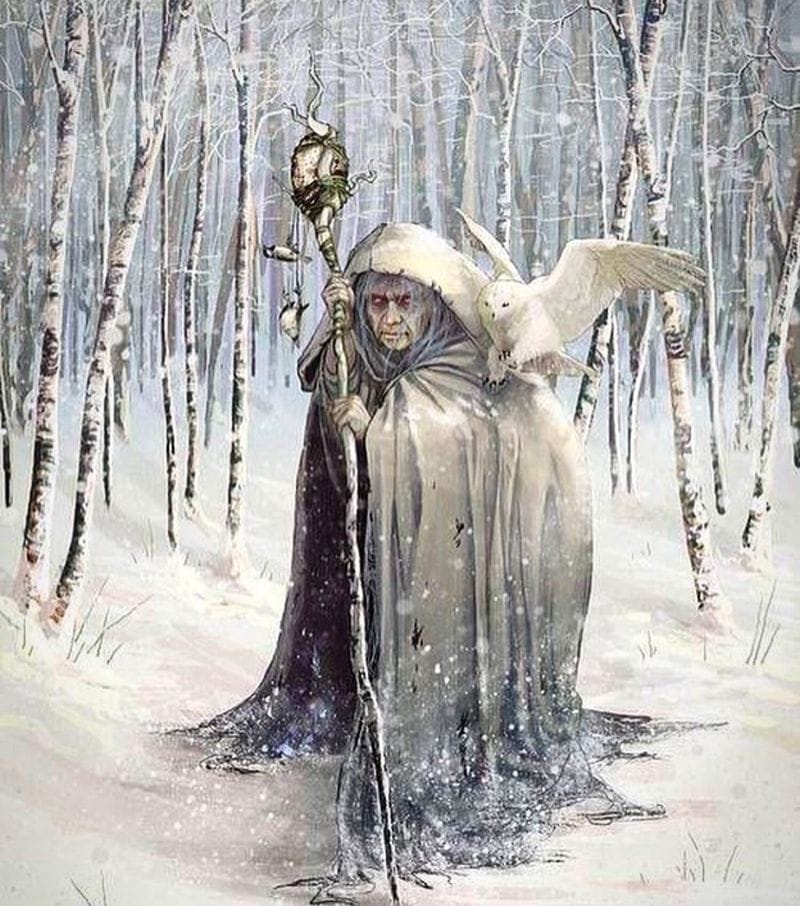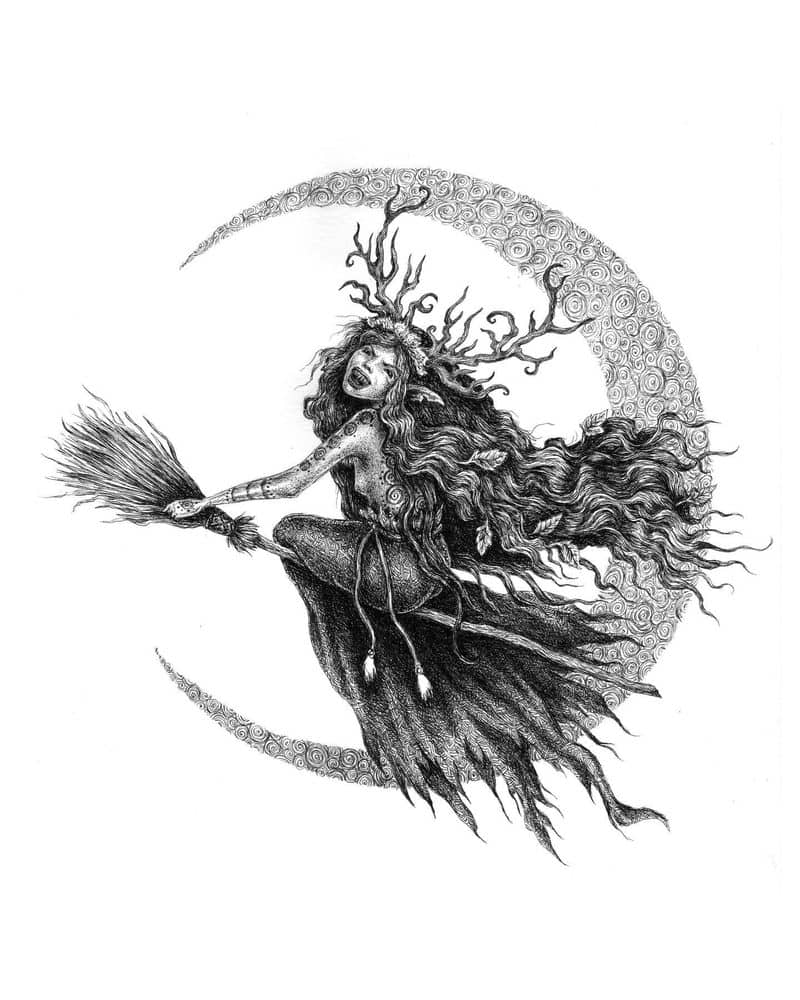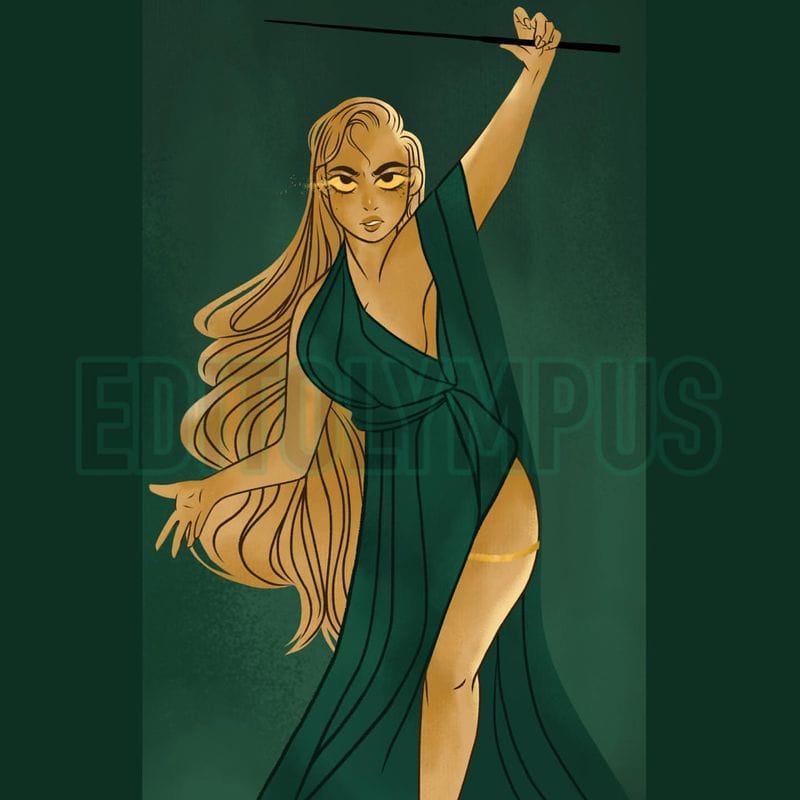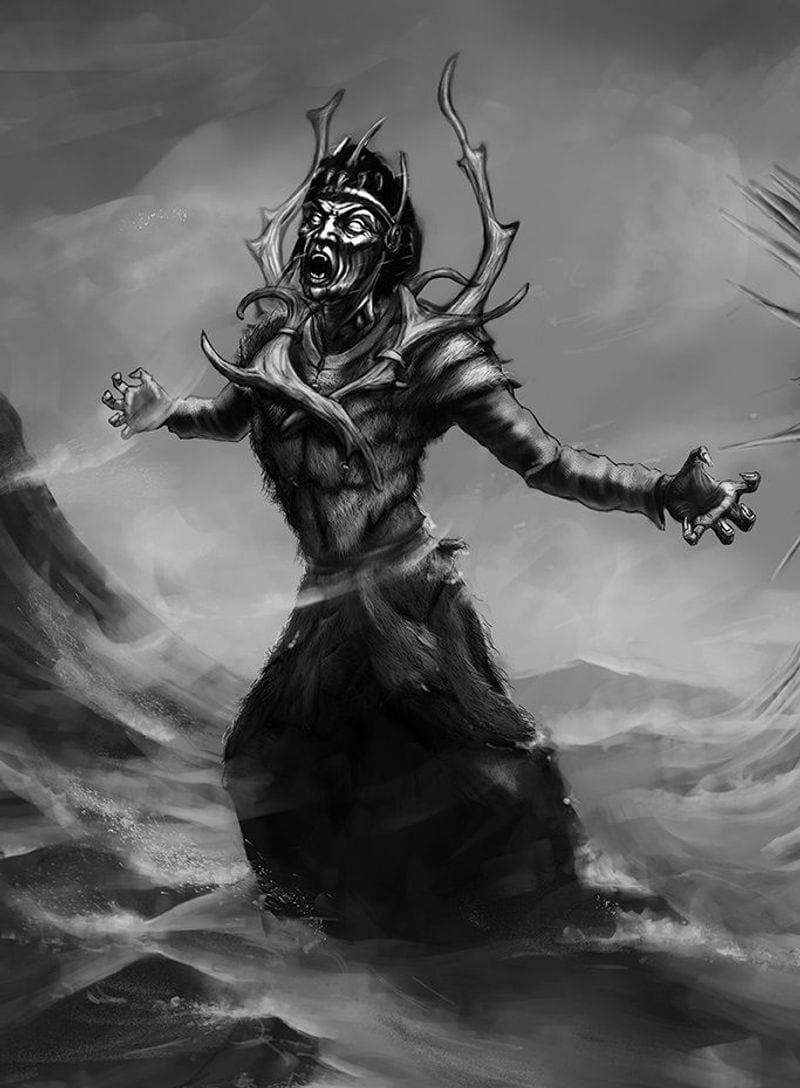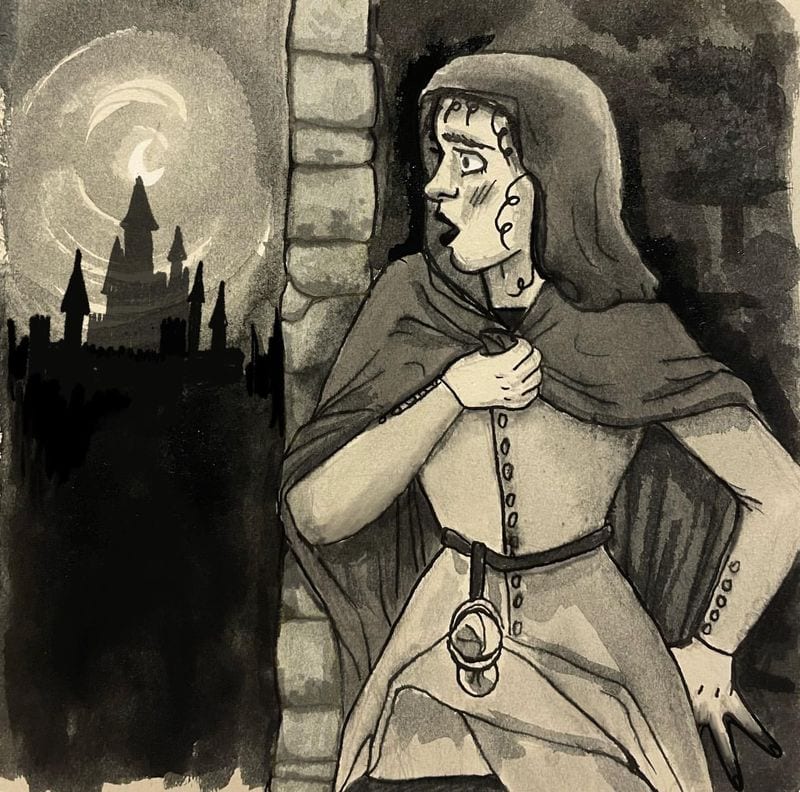Witches have fascinated us through the ages with their mysterious powers and enchanting stories.
These magical women appear in myths and legends from around the world, casting spells, brewing potions, and sometimes helping or hindering heroes on their quests.
From Greek goddesses to Scottish sorceresses, the witches in our stories reveal how different cultures view magic, power, and the supernatural.
1. Circe: The Enchantress of Transformation
Dwelling on her isolated island of Aeaea, Circe turned Odysseus’s crew into pigs with a simple wave of her wand and a magical potion. This daughter of the sun god Helios mastered the art of herbal magic and transformation, skills that made her both feared and respected.
Unlike many witches who met tragic ends, Circe eventually found happiness. She bore Odysseus a son and later helped the hero continue his journey home.
The ancient Greeks viewed Circe as the embodiment of feminine magic – beautiful yet dangerous, knowledgeable yet mysterious. Her story reminds us that power often comes with isolation, a theme that appears in witch tales across cultures.
2. Baba Yaga: The Forest Witch of Slavic Tales
Flying through the forest in a mortar and pestle, Baba Yaga strikes fear into the hearts of Slavic children. Her chicken-legged hut spins and moves at her command, surrounded by a fence made of human bones topped with skulls.
What makes this witch fascinating is her unpredictability. Sometimes she helps lost travelers, other times she tries to cook and eat them. Her tests of character determine whether visitors receive wisdom or become dinner.
Folk tales describe her as rail-thin with iron teeth and an incredibly long nose that touches the ceiling when she sleeps. Despite her terrifying appearance, many Slavic stories portray her as a guardian of the forest’s wisdom rather than purely evil.
3. Hecate: The Triple Goddess of Witchcraft
Standing at the crossroads with her torch illuminating all directions, Hecate watches over the boundaries between worlds. Ancient Greeks left offerings at crossroads to gain her favor, hoping she would protect their homes and families from evil spirits.
As the goddess of magic, Hecate taught witchcraft to mortals. Her knowledge of poisonous plants and magical herbs made her both a healer and a feared deity.
Often depicted with three faces or bodies, she could see the past, present, and future simultaneously. Her sacred animals – dogs, especially black ones – were said to howl when she approached, announcing her invisible presence to those with the wisdom to recognize the warning.
4. Morgan le Fay: The Sorceress of Camelot
Arthur’s magical half-sister began her literary life as a healer before darker retellings transformed her into Camelot’s greatest enemy. Morgan’s powers included shapeshifting, illusion casting, and flying – abilities that made her a formidable presence in Arthurian legend.
Her name “le Fay” connects her to the fairy realm, suggesting she learned magic from supernatural beings rather than human teachers. This otherworldly knowledge placed her outside normal society and its rules.
Unlike purely evil witches, Morgan shows complexity across different stories. Sometimes she plots Arthur’s downfall, other times she rescues him from danger. This moral ambiguity reflects medieval Christianity’s complicated relationship with magic and powerful women.
5. Medea: The Vengeful Sorceress of Colchis
Love transformed into deadly revenge makes Medea one of mythology’s most tragic witches. This Colchian princess betrayed her father and homeland by helping Jason steal the Golden Fleece, all for the promise of marriage in a foreign land.
Medea’s magical arsenal included youth-restoring potions, poisoned garments, and dragon-taming spells. Greek audiences both pitied and feared her passionate nature.
When Jason abandoned her for a politically advantageous marriage, her heartbreak turned murderous. She killed her rival with a poisoned wedding gift and then, in the ultimate act of vengeance against Jason, murdered their children. This terrible deed shows how the Greeks viewed uncontrolled feminine power as dangerous and destructive.
6. The Cailleach: Winter’s Ancient Hag
Storming across Scottish highlands and Irish mountains, the Cailleach brings winter with each strike of her magical staff. This ancient Celtic deity transforms from old crone to beautiful maiden each year, representing nature’s endless cycle of death and rebirth.
Her name literally means “old woman” or “hag,” but don’t let that fool you. The Cailleach shaped mountains by dropping stones from her apron and created lochs with her hammer.
Unlike many witches who work small magics, she commands weather itself. Shepherds once watched for her on Imbolc (February 1st) – if she appeared to gather firewood for a longer winter, they knew spring would come late. If sunshine blessed the day, the Cailleach had transformed into her spring form.
7. Nicnevin: The Queen of Scottish Witches
Galloping through Scottish skies during Halloween night, Nicnevin leads the Wild Hunt with her supernatural hounds. This fearsome witch queen was once worshipped by Scottish covens who believed she controlled the transition between seasons.
Historical records show accused witches confessing to meeting with Queen Nicnevin during nighttime gatherings. They described her as elegant and terrifying, wearing green and carrying a hunting horn.
Scottish mothers warned children that Nicnevin would snatch disobedient youngsters during her midnight rides. Her name possibly derives from “Nic an Neamhan,” meaning “daughter of frenzy” in Gaelic, hinting at her wild, untamed nature. Modern Scottish pagans still honor her during Samhain as a powerful ancestor of their magical traditions.
8. Circe of Colchis: The Golden Sorceress
Gleaming with golden radiance, Circe of Colchis wielded magic that rivaled the gods themselves. Not to be confused with the island-dwelling Circe from Homer’s Odyssey, this witch appears in tales of the Argonauts as Medea’s aunt and teacher.
Circe specialized in purification rituals and blood magic. When Jason and Medea sought cleansing after murder, they turned to her isolated home for supernatural absolution.
Ancient writers described her palace as filled with stone statues – formerly living people transformed by her spells. Unlike her niece Medea, who used magic for personal vengeance, Circe maintained balance in the world by punishing those who violated natural laws. This portrayal shows how Greek mythology sometimes viewed witchcraft as necessary for maintaining cosmic order.
9. Louhi: The Witch of the North
Guarding the mystical Sampo treasure in Finland’s frozen north, Louhi commands weather and transforms into fearsome beasts at will. The Finnish epic Kalevala portrays her as the formidable matriarch of Pohjola, a land of darkness and magic.
Louhi’s magical repertoire included stealing the sun and moon, plunging the world into darkness. Her name strikes fear even among gods and heroes who must negotiate with her for her daughters’ hands in marriage.
Unlike one-dimensional evil witches, Louhi represents the harsh but necessary balance of nature. Finnish shamans viewed her as a powerful ancestor spirit who tested heroes’ worthiness through impossible tasks. Her willingness to trade magic for practical help shows the pragmatic nature of Finnish witchcraft traditions.
10. Dame Alice Kyteler: Ireland’s First Witch Trial
Brewing love potions and cursing her enemies, Dame Alice Kyteler became Ireland’s most notorious real-life witch in 1324. This wealthy Kilkenny noblewoman survived four husbands, each dying under mysterious circumstances and leaving her increasingly wealthy.
Jealous stepchildren accused Alice of witchcraft, claiming she sacrificed animals at crossroads and used magical ointments made from unbaptized children. They insisted she had a familiar spirit named Robin who appeared as a black cat or a shaggy black dog.
While her servant was burned at the stake, Alice escaped to England before her trial concluded. Her story marks the beginning of witch persecutions in Ireland and shows how accusations of witchcraft often targeted wealthy independent women who challenged medieval social expectations.
Lover of good music, reading, astrology and making memories with friends and spreading positive vibes! 🎶✨I aim to inspire others to find meaning and purpose through a deeper understanding of the universe’s energies.

